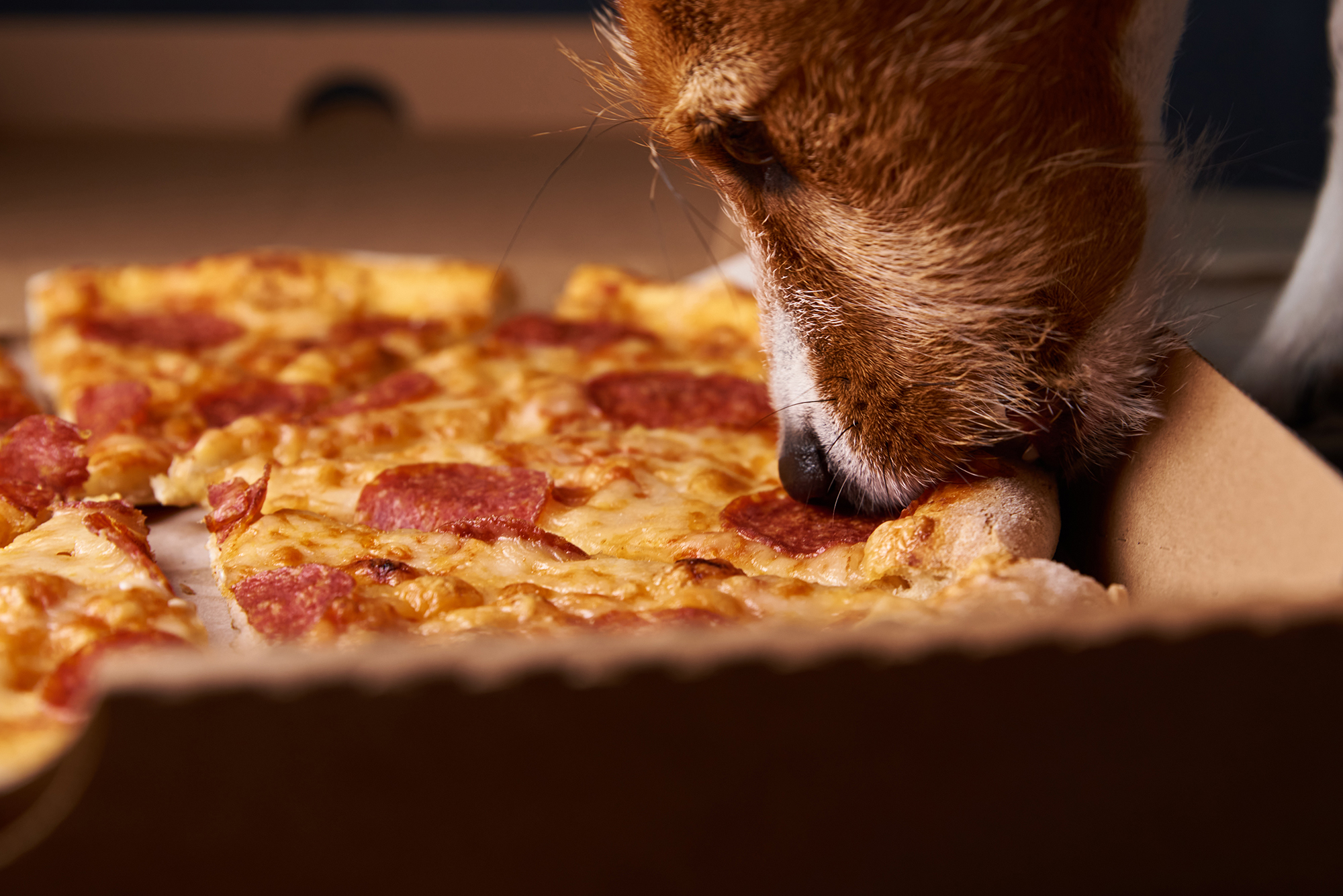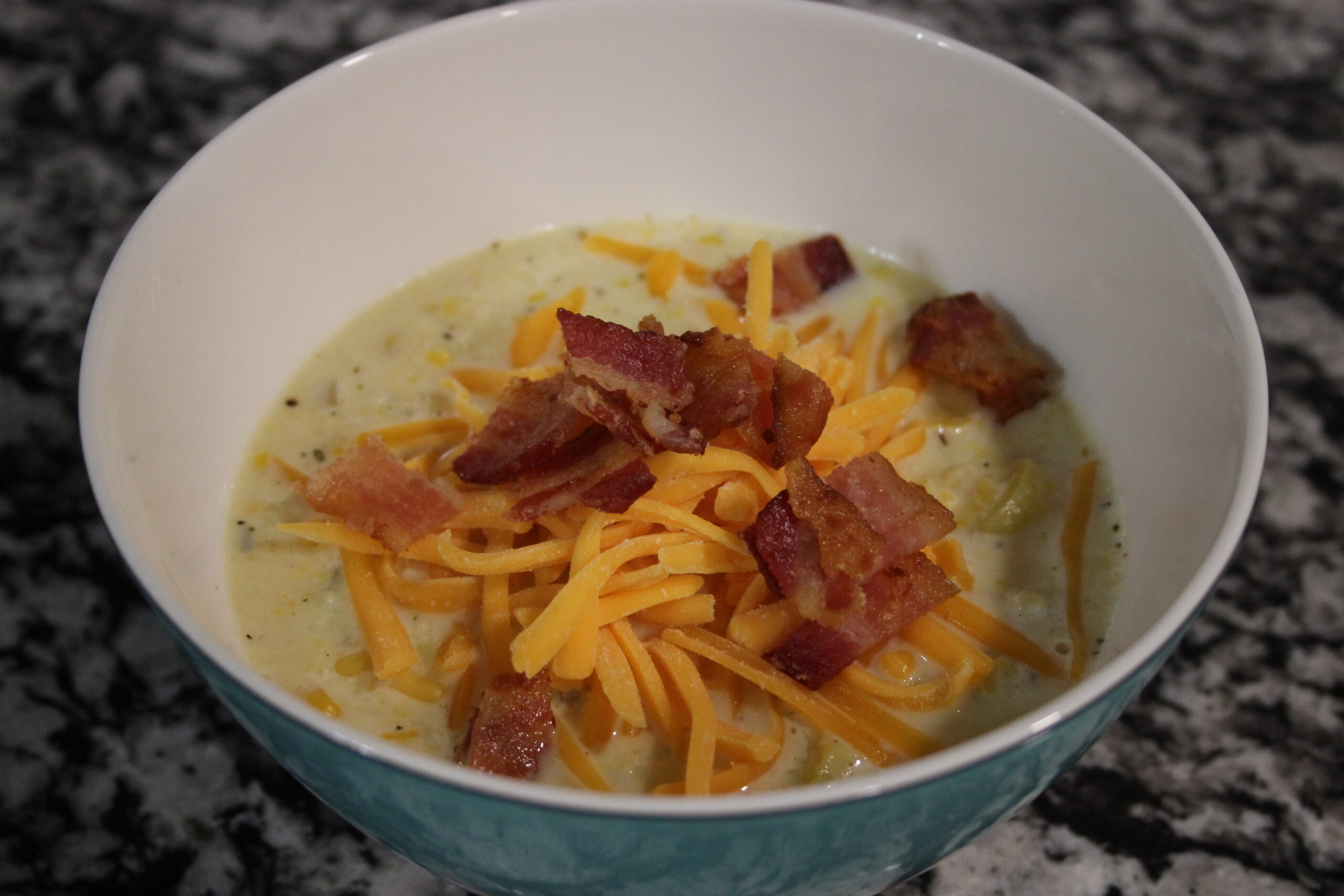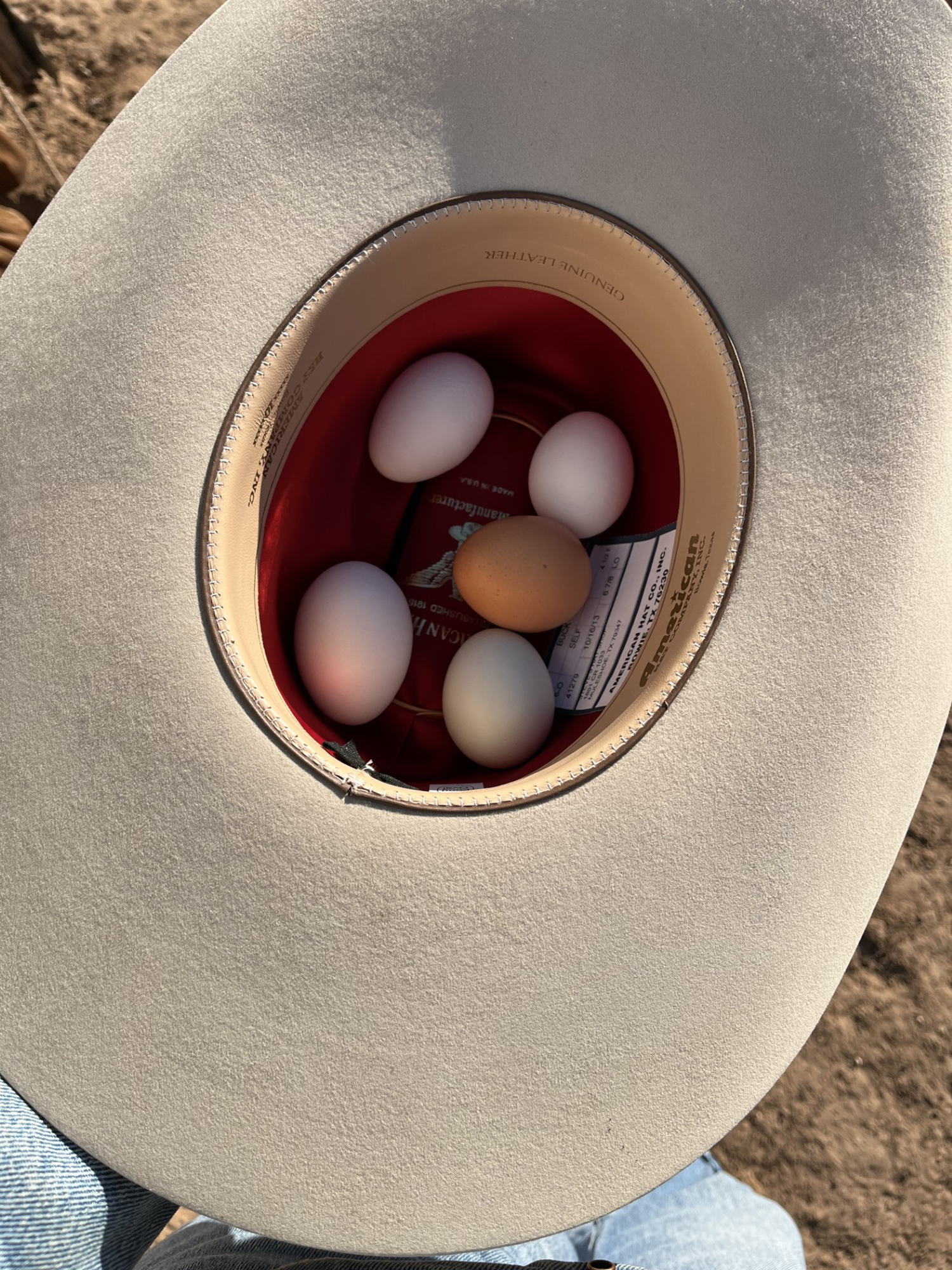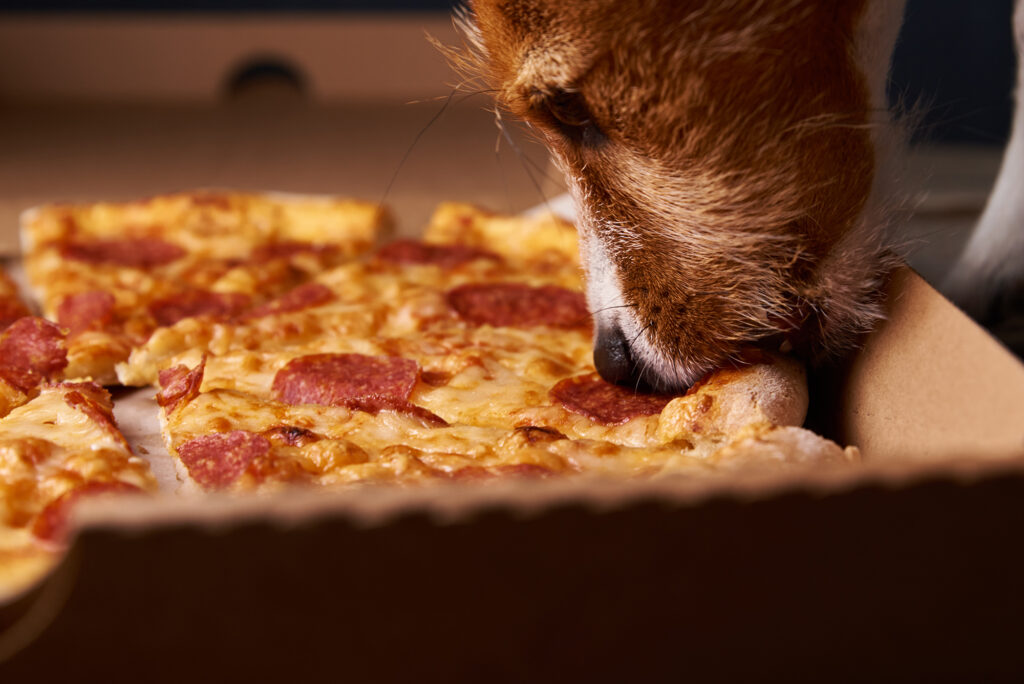Country Lifestyle
Beef for Babies

Spring time is upon us! I enjoy Spring with its warmer, longer days and green grass rolling us from the dead of winter to a time of hope and renewal. I especially love all the spring time babies born on farms, ranches and nature in general.
Often in springtime, one of my three children has brought in a baby bunny in a box or a bottle calf that needed care for survival. Over the years, memorable bottle babies have given us fond memories. There was “Lucky,” found after his mom had already passed. The kids fed him and spent countless hours putting pretend bandages on his legs. We still have “Lily” who roamed the ranch as a mascot and played football with my son long after being weaned. She has blessed us with a strong calf the last four years.
My own children are now grown but we have two brand new granddaughters, two precious little girls. Just like you, we want to do everything we can to help the babies in our family grow strong and healthy.
Our granddaughters are just now beginning to eat solid food and add key nutrients to their diet. Some of the most important nutrients include protein, iron, zinc, calcium and healthy fats. These nutrients aid a baby’s growth both physically and intellectually.
Beef is an excellent source of protein, iron and zinc for little growing minds and bodies.
Protein and zinc are vital for growth, development and baby’s immune system. While iron is essential for a baby’s brain development and is a critical component of blood cells that deliver oxygen to tissues and cells throughout the body. Iron deficiency in the first two years may cause future delays in intellectual, behavioral and motor development. Beef for babies covers these vital nutrients and more!
“The American Academy of Pediatrics, the Women Infants and Children’s Program (WIC) and the Dietary Guidelines for Americans recommend introducing solid foods, like beef, to infants and toddlers, in order to pack in every bite protein, iron, zinc and choline” according to the American Pediatric Nutrition Handbook. 7th ed.
Whether you are a new parent, or a grandparent like me, here are some great tips from beefitswhatsfordinner.com for feeding baby healthy, nutritious beef:
6 – 8 MONTHS
At 6-8 months, your baby may be ready to make the transition from watery purees to smooth, pureed, single-ingredients foods such as pureed beef, pureed squash or pureed pears.
Making a “first food” baby beef puree at home is super easy. Cut lean beef, like roast or trimmed sirloin, into 1 inch chunks and cook by gently simmering in beef broth with a pinch of oregano, or any dried spice, until the beef is just done and brimming with flavor. Do not add salt. Next put beef into the blender for a quick puree and then spoon into ice cube trays for the freezer. All done in under 30 minutes, Beef is a perfect first food for babies.
Beef is especially great for your baby if you are concerned about your little one getting enough iron. You do not have to feed a lot of beef to reap the benefits. Even a spoonful or two stirred in with another favorite vegetable puree will give your baby valuable nutrients from beef.
8 – 10 MONTHS
During 8-10 months of age your baby can transition to chopped table foods such as shredded or chopped beef, well-cooked pasta, chopped cooked veggies or soft-cooked beans.
10 – 12 MONTHS
Between 10-12 months of age babies can start transitioning into chopped family food and practice with self-feeding using the spoon.
Beef for Babies Recipes
Not sure where to start? Here are three great recipes for Beef for Babies thanks to wholesomebabyfood.com:
Beefy Hash
(a twist on corned beef hash) – a great meal for self-feeders and everyone else too! Ingredients:
- 6 large potatoes, peeled and diced
- 3/4 pound of thinly sliced stew beef cubes or 1/2 ground beef
- 1 medium onion, chopped
- 1 cup beef broth (homemade or low sodium/low fat)
Directions:
Step 1: In a large deep skillet, over medium heat, combine the potatoes, beef cubes, onion, and beef broth.
Step 2: Cover and simmer until potatoes are of mashing consistency, and the liquid is almost gone.
Step 3: Add more liquid as needed.
Step 4: Mix well, and serve either mashed, pureed a wee bit or as finger food.
Country Lifestyle
Farm Dogs & Table Scraps

What’s Safe and What’s Not?
Growing up on a farm, our dogs were tough. They roamed the pastures, slept under the barn, and ate just about anything they could get their paws on—whether we meant for them to or not. I’ll admit, I never thought twice when one of our old cow dogs snatched a biscuit off the table or licked up a spill from the barn floor. I’ve even seen a dog steal a whole rib bone off a plate and trot off like he’d won the lottery. And somehow, they always seemed fine.
But here’s the thing—just because they survived doesn’t mean it was safe. For every farm dog that lucked out, there’s another that wasn’t so fortunate. Some human foods can be downright toxic to dogs, and a little bit of bad luck (or a smaller, more sensitive dog) can turn a harmless snack into an emergency.
Common toxic foods lying around the farmhouse
If you’ve got a farm dog—or any dog, really—you need to be aware of the dangers lurking in everyday foods. Some of the biggest culprits include:
Chocolate – The darker it is, the worse it is. Even a little can cause vomiting, seizures, or worse.
Grapes & Raisins – No one’s exactly sure why, but they can cause kidney failure fast.
Onions & Garlic – In large enough amounts, these can destroy red blood cells, leading to anemia.
Xylitol (Found in Sugar-Free Gum & Candy) – This artificial sweetener can send a dog’s blood sugar crashing and cause liver failure.
Alcohol – Even small amounts can be deadly to dogs, affecting their nervous system much more than it does ours.
Bones from Cooked Meat – While not necessarily toxic, they can splinter and cause serious internal injuries.
Macadamia Nuts – These can lead to weakness, vomiting, and even paralysis in dogs.
What to do if your dog eats something toxic
First, don’t panic—but don’t ignore it either. If you know your dog ate something dangerous, call your vet immediately. They can tell you whether to induce vomiting or if it’s something that requires urgent care. If it’s after hours, contact the ASPCA Animal Poison Control Center (888-426-4435) or the Pet Poison Helpline (855-764-7661).
Prevention is always the best medicine, so keep toxic foods out of reach. That might mean keeping the trash can secured, making sure kids don’t slip the dog a treat under the table, or just being more mindful of what’s left on the counter.
Our farm dogs might have been lucky, but luck isn’t a great strategy when it comes to their health. A little awareness goes a long way in making sure they stay happy, healthy, and ready for the next day’s work.
For more information
ASPCA Animal Poison Control: www.aspca.org/pet-care/animal-poison-control
Pet Poison Helpline: www.petpoisonhelpline.com
Visit www.akc.org/expert-advice/nutrition/foods-your-dog-should-never-eat
Country Lifestyle
Summer Squash and Corn Chowder

By Lacey Vilhauer
Total time: 40 minutes
Servings: 6-7
Ingredients
- 6 slices bacon, cooked and crumbled and 1 1/2 Tbsp rendered bacon fat reserved
- 1 1/2 lbs yellow squash, chopped (about 3 medium)
- 2/3 cup thinly sliced celery
- 1 cup diced onion
- 1 Tbsp flour
- 2 cloves garlic, minced
- 2 3/4 cup milk (I used 1%)
- 5 cups canned or fresh cut corn (from about 6 ears corn), divided
- 1/2 cup heavy cream
- 1 1/2 tsp chopped fresh thyme (or 1/2 tsp dried)
- 3/4 tsp salt, then more to taste
- 1/4 tsp freshly ground black pepper, then more to taste if desired
- 3/4 cup shredded cheddar cheese, for serving
- Chopped green onion for garnish (optional)
Instructions
Heat 4 tsp reserved bacon fat in a large pot over medium-high heat. Add celery and onion and sauté 2 minutes then add the squash.
Saute until tender, about 6 minutes, adding in garlic and flour during last 2 minutes of sauteing. Reduce heat slightly.
Add 1 1/2 cups milk, 2 cups of the corn, thyme, salt and pepper to the sauteed veggies.
To a blender add remaining 3 cups of corn, remaining 1 1/4 cups milk and the cream. Process in blender until nearly smooth (about 30 seconds).
Add pureed mixture to pot and stir to blend. Cook until mixture reaches a light boil.
Serve warm with shredded cheese, crumbled bacon and sliced green onions if desired.
Country Lifestyle
Western Housewives – May 2025

By Summer McMillen
All my married life I have thought that when husbands all got together horseback after a hard days work they were probably rating their wives on a scale from one to ten based on their various capabilities. Did Wife A have a good hat crease? Was Wife B good help in the branding pen? Was Wife C an excellent mother? Was Wife D hospitable to everyone? Could Wife E make a decent gallon of sweet tea? Did Wife F keep a tidy saddle house?
Presumably, when Wife B did not live up to Wife A there was a fist fight followed by wife shaming of Husband B. His status amongst the cowboys immediately fell and he would be behind for the rest of his life in his cowboy career.
He would come home ashamed his wife couldn’t flambé a decent bananas foster and she couldn’t hoolihan either. He would be distraught and said wife would feel his pain.
Of course, this never happened to me like I thought it would. My husband always came home with a smile on his face and I’m pretty sure “flambé” isn’t even in a cowboys vocabulary.
Nonetheless, these imaginary fights and social rankings have plagued my brain for years. It has caused me to always be in competition with myself to be the very best at everything I did. Which I have eventually realized is a trait of women all around the world.
While we are cooking a four course meal for our families we start to think about how we actually should be practicing heading steers instead.
While we are practicing our horsemanship we start to think about how we should actually be preparing a nutritious and elaborate meal for our families.
It is a constant battle that women have created and proceeded to fight for centuries.
One day the inner battle got to me and I finally broke down as we were riding wheat pasture and confessed to my husband my guilt. I was so sorry that I wasn’t a better cowgirl. I was so sorry that the house was a mess. I was so sorry that I would never be on The Cowboy Channel. I was so sorry that I had lost his good pair of gloves. (Except I didn’t actually mean to confess that last part. Some things are just better left unknown.) I apologized again and again and told him I was sorry and he probably never wanted to bring his friends over for supper ever again.
Instead of consoling me, he just started looking at me like I was crazy. Which is what all good husbands do.
He stopped his horse and looked at me and said “Do you know how cowboys rate each other’s ranch wives?”
So many thoughts started filling my brain. Was it looks? Gentleness? Laundry speed? Work ethic?
Then he revealed their secret. “Cowboys rate each other’s wives by how well they can cook eggs for breakfast.”
His point of course, was that men don’t think about each other’s wives. As long as they get their eggs for breakfast. In another twist of irony, my husband taught me how to fry the perfect egg. What can I say? It’s a man’s world.
Since then, I have let go of my irrational fears and doubt and have simply been living life. It’s all anyone can do. I may not team rope the best. I may get my fingers when I’m trying to dally and I may not have the tidiest saddle house. But I try hard at everything I do and I do it all out of love for my family and finally, myself.
So, if you’re a woman this Mother’s Day and you catch yourself feeling down amongst life constant pressures just remember you are not alone. You can almost guarantee there is a woman in every household that needs a little pick me up. Maybe you should just go outside. Maybe you should sit down and count your blessings. Or, maybe you should have your husband fry you some eggs.
-

 Attractions8 years ago
Attractions8 years ago48 Hours in Atoka Remembered
-

 Country Lifestyle8 months ago
Country Lifestyle8 months agoJuly 2017 Profile: J.W. Hart
-

 Country Lifestyle9 years ago
Country Lifestyle9 years agoThe House a Treasure Built
-

 Country Lifestyle3 years ago
Country Lifestyle3 years agoThe Two Sides of Colten Jesse
-

 Outdoors7 years ago
Outdoors7 years agoGrazing Oklahoma: Honey Locust
-

 Equine8 years ago
Equine8 years agoUmbilical Hernia
-

 Outdoors5 years ago
Outdoors5 years agoPecan Production Information: Online Resources for Growers
-

 Farm & Ranch7 years ago
Farm & Ranch7 years agoHackberry (Celtis spp.)





